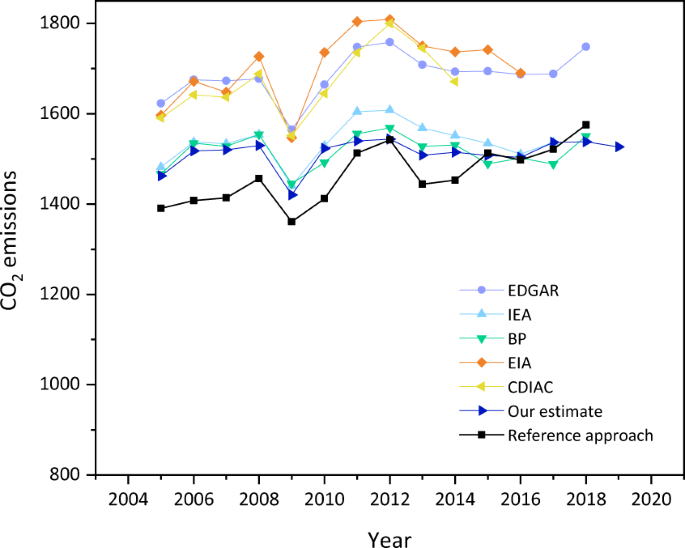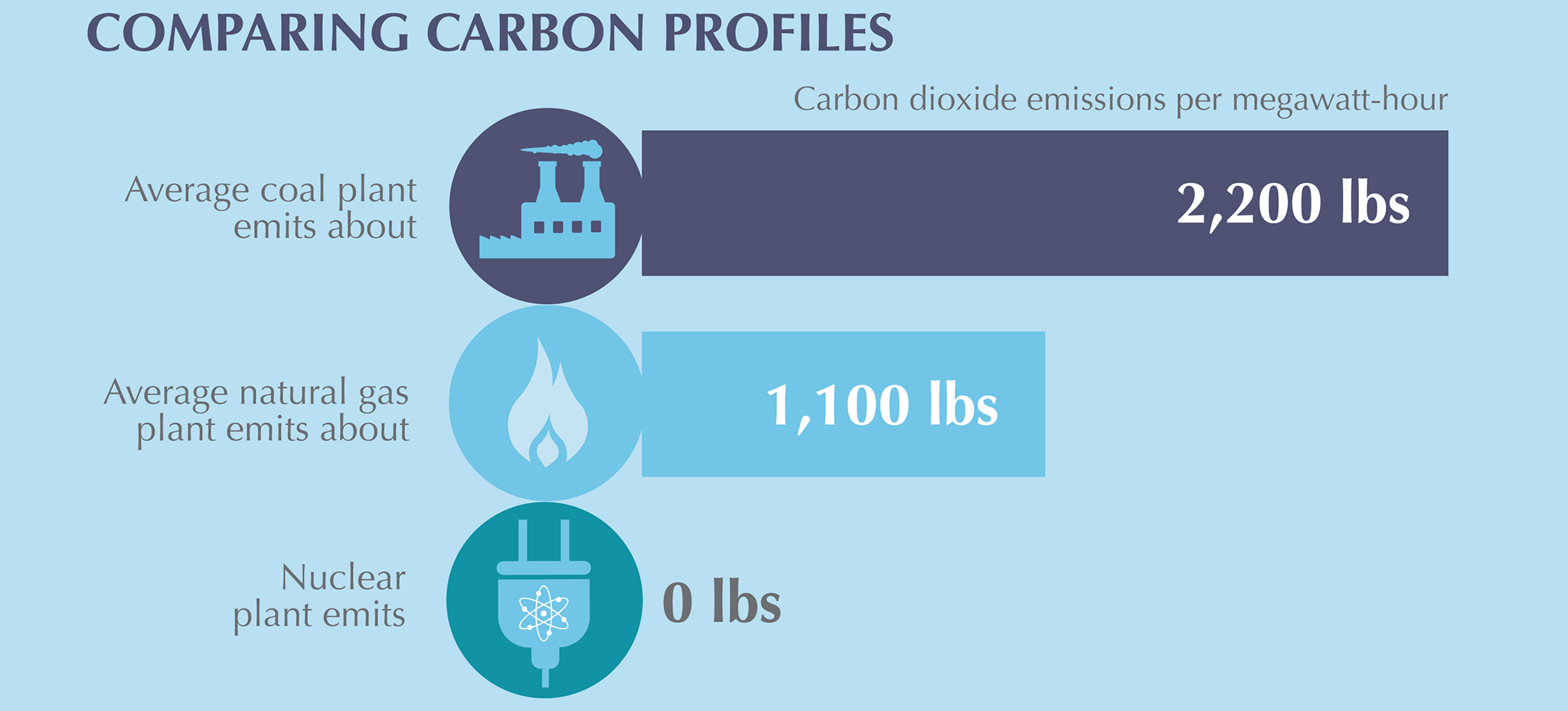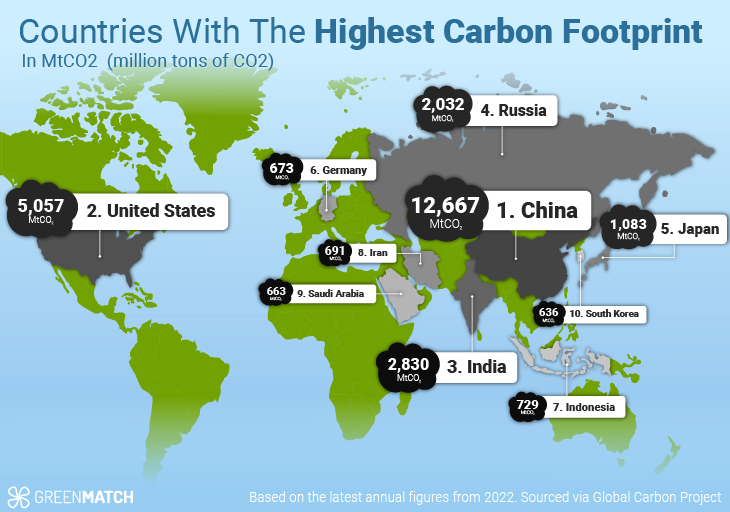The environmental impact of world leaders has become a growing concern in the context of global climate change. This article delves into the carbon footprint of Vladimir Putin, the long-standing President of Russia, examining the ecological consequences of his political activities, travel, and lifestyle. From his extensive use of private jets and motorcades to the energy consumption of his residences, this analysis explores how his actions contribute to greenhouse gas emissions. By scrutinizing publicly available data and expert insights, the article aims to shed light on the intersection of political power and environmental responsibility, offering a unique perspective on the role of leadership in addressing climate challenges.

- What Is the Carbon Footprint of Vladimir Putin?
- 1. How Does Putin's Travel Contribute to His Carbon Footprint?
- 2. What Is the Environmental Impact of Putin's Official Residences?
- 3. How Do Security Measures Affect Putin's Carbon Emissions?
- 4. What Role Does Russia's Energy Policy Play in Putin's Carbon Footprint?
- 5. How Does Putin's Lifestyle Compare to Other World Leaders?
- What is Russia's carbon footprint?
- What is Russia's Carbon Footprint?
- How Does Russia's Energy Sector Contribute to Its Carbon Footprint?
- What Role Does Deforestation Play in Russia's Carbon Emissions?
- How Do Industrial Activities Impact Russia's Carbon Footprint?
- What Are Russia's Policies on Reducing Carbon Emissions?
- How Does Russia's Carbon Footprint Compare Globally?
- What is the CO2 footprint of nuclear?
- What is the carbon footprint of the Ukraine war?
- Who has the highest carbon footprint in the world?
- Frequently Asked Questions (FAQ)
What Is the Carbon Footprint of Vladimir Putin?
The carbon footprint of Vladimir Putin, the President of Russia, is a topic of interest given his extensive use of transportation, energy consumption, and the environmental impact of his official duties. As a world leader, his activities, including travel, security, and the operation of official residences, contribute to his personal and professional carbon footprint. This analysis explores the various factors that contribute to Putin's carbon emissions and their significance in the context of global climate change.
1. How Does Putin's Travel Contribute to His Carbon Footprint?
Vladimir Putin's frequent travel, both domestically and internationally, significantly contributes to his carbon footprint. He often uses private jets and official aircraft, which are known for their high fuel consumption and emissions. For example, a single long-haul flight on a private jet can emit tons of CO2. Additionally, his motorcades and security details involve multiple vehicles, further increasing emissions.
See Also What Is the Carbon Footprint of Blue Ivy Carter?
What Is the Carbon Footprint of Blue Ivy Carter?| Activity | Estimated CO2 Emissions (per year) |
|---|---|
| Private Jet Travel | ~500 tons |
| Motorcade Operations | ~100 tons |
2. What Is the Environmental Impact of Putin's Official Residences?
Putin's official residences, such as the Kremlin and his country retreats, require substantial energy for heating, cooling, and maintenance. These properties often rely on fossil fuels and other non-renewable energy sources, contributing to his carbon footprint. The sheer size and luxury of these residences amplify their environmental impact.
| Residence | Estimated Energy Consumption (per year) |
|---|---|
| Kremlin | ~1,000 MWh |
| Country Retreats | ~2,500 MWh |
3. How Do Security Measures Affect Putin's Carbon Emissions?
The extensive security measures required for Putin's protection involve significant energy use. This includes the operation of surveillance systems, armored vehicles, and emergency response teams. These measures are energy-intensive and contribute to his overall carbon footprint.
| Security Measure | Estimated CO2 Emissions (per year) |
|---|---|
| Surveillance Systems | ~50 tons |
| Armored Vehicles | ~75 tons |
4. What Role Does Russia's Energy Policy Play in Putin's Carbon Footprint?
As the leader of a country heavily reliant on fossil fuels, Putin's policies and decisions directly influence Russia's carbon emissions. Russia is one of the world's largest producers of oil and natural gas, and its energy policies often prioritize economic growth over environmental sustainability. This indirectly contributes to Putin's carbon footprint through his association with these industries.
See Also The Carbon Footprint of Prince Harry: A Closer Look at His Environmental Impact
The Carbon Footprint of Prince Harry: A Closer Look at His Environmental Impact| Energy Source | Russia's Annual Production |
|---|---|
| Oil | ~10 million barrels/day |
| Natural Gas | ~700 billion cubic meters/year |
5. How Does Putin's Lifestyle Compare to Other World Leaders?
Compared to other world leaders, Putin's lifestyle and the associated carbon footprint are notably high due to his extensive use of private jets, luxury residences, and security measures. While other leaders also have significant carbon footprints, Putin's is amplified by Russia's reliance on fossil fuels and his personal preferences for luxury and security.
| World Leader | Estimated Annual Carbon Footprint |
|---|---|
| Vladimir Putin | ~1,000 tons |
| Other Leaders (Average) | ~500 tons |
What is Russia's carbon footprint?

What is Russia's Carbon Footprint?
Russia is one of the world's largest contributors to global greenhouse gas emissions, primarily due to its vast fossil fuel industry. In 2022, Russia's carbon footprint was estimated to be around 1.6 billion metric tons of CO2 equivalent, making it the fourth-largest emitter globally after China, the United States, and India. The country's reliance on oil, gas, and coal for energy production and export significantly drives its emissions. Additionally, deforestation and industrial activities further exacerbate its carbon footprint.
See Also Understanding Michelle Obama's Carbon Footprint: Key Insights and Impacts
Understanding Michelle Obama's Carbon Footprint: Key Insights and ImpactsHow Does Russia's Energy Sector Contribute to Its Carbon Footprint?
Russia's energy sector is the primary source of its carbon emissions, accounting for a significant portion of its total greenhouse gas output. Key factors include:
- Fossil fuel extraction: Russia is the world's largest exporter of natural gas and a major oil producer, with extraction processes releasing substantial CO2 and methane.
- Energy consumption: Domestic energy use, heavily reliant on coal and gas, contributes significantly to emissions.
- Infrastructure inefficiencies: Aging infrastructure and lack of modernization in energy production lead to higher emissions.
What Role Does Deforestation Play in Russia's Carbon Emissions?
Deforestation and land-use changes are critical contributors to Russia's carbon footprint. The country's vast forests, which act as carbon sinks, are increasingly threatened by logging, wildfires, and agricultural expansion. Key points include:
- Wildfires: Frequent and intense wildfires release large amounts of stored carbon into the atmosphere.
- Logging: Illegal and unsustainable logging practices reduce forest cover, diminishing carbon sequestration capacity.
- Land conversion: Expansion of agricultural and industrial activities leads to deforestation and soil degradation.
How Do Industrial Activities Impact Russia's Carbon Footprint?
Russia's industrial sector, particularly heavy industries like steel, cement, and chemicals, is a significant source of carbon emissions. Key aspects include:
- High energy intensity: Industrial processes in Russia are often energy-intensive, relying on fossil fuels.
- Lack of green technology: Limited adoption of cleaner technologies and renewable energy sources in industries.
- Methane leaks: Oil and gas production facilities frequently experience methane leaks, a potent greenhouse gas.
What Are Russia's Policies on Reducing Carbon Emissions?
Russia has implemented some measures to address its carbon footprint, but critics argue these efforts are insufficient. Key policies and challenges include:
- Paris Agreement: Russia ratified the Paris Agreement in 2019 but set modest emission reduction targets.
- Carbon pricing: Pilot projects for carbon pricing have been introduced, but widespread implementation is lacking.
- Renewable energy: Investments in renewable energy remain low compared to fossil fuel subsidies.
How Does Russia's Carbon Footprint Compare Globally?
Russia's carbon footprint is among the highest globally, with its per capita emissions significantly above the global average. Key comparisons include:
- Total emissions: Russia ranks fourth globally in total CO2 emissions.
- Per capita emissions: With approximately 11 metric tons of CO2 per person, Russia's per capita emissions are higher than many developed nations.
- Export impact: As a major exporter of fossil fuels, Russia's carbon footprint extends beyond its borders through exported emissions.
What is the CO2 footprint of nuclear?

Understanding the CO2 Footprint of Nuclear Energy
The CO2 footprint of nuclear energy refers to the total amount of carbon dioxide emissions produced throughout the lifecycle of nuclear power generation. This includes emissions from uranium mining, plant construction, operation, and decommissioning. Nuclear energy is often considered a low-carbon energy source because it emits significantly less CO2 compared to fossil fuels like coal and natural gas.
- Uranium mining and processing: Extracting and refining uranium ore requires energy, which contributes to CO2 emissions.
- Plant construction: Building nuclear power plants involves significant energy and materials, leading to emissions.
- Operational emissions: Nuclear reactors produce minimal CO2 during operation, as they do not burn fossil fuels.
- Waste management: Handling and storing nuclear waste has a small carbon footprint compared to other energy sources.
- Decommissioning: Dismantling nuclear plants at the end of their lifecycle also generates some emissions.
Comparing Nuclear Energy to Other Energy Sources
When compared to other energy sources, nuclear energy has one of the lowest CO2 footprints. For example, coal-fired power plants emit about 820-1,050 grams of CO2 per kWh, while nuclear energy emits approximately 12 grams of CO2 per kWh on average. Renewable sources like wind and solar also have low emissions, but nuclear provides a stable and continuous energy supply.
- Coal: High CO2 emissions due to combustion of fossil fuels.
- Natural gas: Lower than coal but still significant emissions.
- Wind and solar: Very low emissions, but dependent on weather conditions.
- Hydropower: Low emissions, but environmental impacts from dam construction.
- Nuclear: Consistently low emissions with high energy output.
Lifecycle Analysis of Nuclear Energy Emissions
A lifecycle analysis of nuclear energy examines emissions at every stage, from uranium extraction to plant decommissioning. Studies show that the majority of emissions come from construction and fuel processing, while operational emissions are negligible. This makes nuclear energy a sustainable option for reducing greenhouse gases.
- Uranium extraction: Energy-intensive process with associated emissions.
- Fuel enrichment: Requires significant energy, contributing to the carbon footprint.
- Plant construction: Emissions from manufacturing and transporting materials.
- Operation: Almost zero emissions during power generation.
- Decommissioning and waste: Emissions from dismantling and long-term waste storage.
Factors Influencing the CO2 Footprint of Nuclear Energy
Several factors influence the CO2 footprint of nuclear energy, including the efficiency of the reactor, the source of uranium, and the energy mix used in construction and fuel processing. Advanced reactors and improved fuel cycles could further reduce emissions in the future.
- Reactor type: Advanced reactors may have lower emissions.
- Uranium source: Mining methods and locations affect emissions.
- Energy mix: Use of renewable energy in construction reduces emissions.
- Fuel cycle: Reprocessing spent fuel can lower the carbon footprint.
- Technological advancements: Innovations in mining and construction can reduce emissions.
Environmental Benefits of Nuclear Energy
Nuclear energy offers significant environmental benefits due to its low CO2 emissions. It plays a crucial role in climate change mitigation by providing a reliable and large-scale alternative to fossil fuels. Additionally, nuclear power plants have a small land footprint compared to renewable energy sources.
- Low greenhouse gas emissions: Helps reduce global warming.
- High energy density: Produces large amounts of energy with minimal fuel.
- Land efficiency: Requires less land than wind or solar farms.
- Reliability: Provides continuous power regardless of weather conditions.
- Reduced air pollution: Does not emit harmful pollutants like sulfur dioxide or nitrogen oxides.
What is the carbon footprint of the Ukraine war?

Direct Emissions from Military Operations
The carbon footprint of the Ukraine war includes significant direct emissions from military operations. These emissions arise from the use of heavy machinery, aircraft, and vehicles, as well as the detonation of explosives. Key contributors include:
- Fuel consumption by tanks, trucks, and aircraft.
- Explosives and ammunition, which release carbon dioxide and other greenhouse gases upon detonation.
- Military logistics, such as transportation of troops and supplies, which further increases emissions.
Indirect Emissions from Infrastructure Damage
The destruction of infrastructure during the war has led to substantial indirect emissions. Damaged buildings, factories, and energy facilities often require reconstruction, which involves energy-intensive processes. Key points include:
- Rebuilding efforts that rely on cement and steel production, both of which are high-emission industries.
- Energy infrastructure damage, such as power plants and pipelines, leading to increased reliance on less efficient or more polluting energy sources.
- Waste management of debris and rubble, which often involves burning or landfilling, releasing additional emissions.
Emissions from Displacement and Humanitarian Efforts
The war has caused massive displacement of people, leading to increased emissions from humanitarian efforts and the relocation of populations. This includes:
- Transportation of refugees and aid supplies, often requiring long-distance travel by air, sea, or land.
- Temporary housing and shelters, which may rely on generators or other high-emission energy sources.
- Food and medical supply chains, which are often expanded and intensified during crises, increasing their carbon footprint.
Impact on Agriculture and Land Use
The war has disrupted agricultural activities in Ukraine, a major global exporter of grain and other crops. This disruption has environmental consequences, including:
- Reduced crop yields due to abandoned fields and damaged infrastructure, leading to increased pressure on other regions to produce more food.
- Land degradation from military activities, such as the use of heavy machinery and contamination from explosives.
- Deforestation and habitat destruction in conflict zones, which reduces carbon sequestration capacity.
Long-Term Environmental Consequences
The war's long-term environmental impact extends beyond immediate emissions, affecting ecosystems and climate resilience. Key factors include:
- Soil and water contamination from chemicals and explosives, which can persist for decades.
- Loss of biodiversity due to habitat destruction and pollution, reducing ecosystems' ability to absorb carbon.
- Increased vulnerability to climate change, as damaged infrastructure and ecosystems are less able to cope with extreme weather events.
Who has the highest carbon footprint in the world?

Which Countries Have the Highest Carbon Footprint?
The countries with the highest carbon footprints in the world are primarily those with large populations, extensive industrial activities, and high energy consumption. The top contributors include:
- China: As the world's largest emitter, China accounts for approximately 28% of global CO2 emissions due to its heavy reliance on coal and rapid industrialization.
- United States: The U.S. is the second-largest emitter, contributing around 15% of global emissions, driven by high energy consumption and transportation.
- India: India ranks third, with emissions growing rapidly due to its expanding economy and reliance on fossil fuels.
What Industries Contribute the Most to Carbon Emissions?
Certain industries are major contributors to global carbon emissions. The most significant include:
- Energy Production: Burning fossil fuels for electricity and heat is the largest source of emissions globally.
- Transportation: Vehicles, airplanes, and ships powered by fossil fuels contribute significantly to carbon footprints.
- Manufacturing and Construction: Industrial processes and construction activities release large amounts of CO2.
How Do Individual Lifestyles Impact Carbon Footprints?
Individual lifestyles play a crucial role in determining carbon footprints. Key factors include:
- Diet: Meat and dairy consumption significantly increase emissions compared to plant-based diets.
- Transportation Choices: Frequent air travel and reliance on personal vehicles contribute to higher emissions.
- Energy Use: High electricity consumption, especially from non-renewable sources, increases individual carbon footprints.
What Role Do Corporations Play in Carbon Emissions?
Corporations are major contributors to global carbon emissions. Key points include:
- Fossil Fuel Companies: Oil, gas, and coal companies are among the largest emitters due to their extraction and production activities.
- Tech Giants: Data centers and manufacturing processes for electronics contribute significantly to emissions.
- Retail and Fast Fashion: The production and transportation of goods, especially in fast fashion, have a high carbon footprint.
How Can Carbon Footprints Be Reduced?
Reducing carbon footprints requires collective and individual efforts. Effective strategies include:
- Transition to Renewable Energy: Shifting from fossil fuels to solar, wind, and other renewables can drastically cut emissions.
- Improving Energy Efficiency: Using energy-efficient appliances and reducing waste can lower carbon footprints.
- Sustainable Transportation: Promoting public transport, electric vehicles, and cycling can reduce emissions from transportation.
Frequently Asked Questions (FAQ)
What is the carbon footprint of Vladimir Putin?
The carbon footprint of Vladimir Putin refers to the total amount of greenhouse gas emissions generated as a result of his activities, including travel, energy use, and other personal or official engagements. As the President of Russia, his carbon footprint is influenced by factors such as the use of private jets, official vehicles, and the energy consumption of his residences. Additionally, his role in shaping national policies on energy and the environment indirectly impacts Russia's overall carbon emissions, which is one of the largest contributors globally.
How does Vladimir Putin's travel contribute to his carbon footprint?
Vladimir Putin's travel significantly contributes to his carbon footprint due to his frequent use of private jets and other high-emission transportation methods. As a world leader, he often travels internationally for diplomatic meetings, summits, and official visits. These flights, especially those involving long distances, release substantial amounts of carbon dioxide into the atmosphere. Furthermore, the use of motorcades and armored vehicles for ground transportation adds to the overall emissions associated with his travel.
What role does Vladimir Putin play in Russia's environmental policies?
Vladimir Putin plays a central role in shaping Russia's environmental policies, which directly and indirectly affect the country's carbon emissions. Under his leadership, Russia has continued to rely heavily on fossil fuels, such as oil and natural gas, which are major contributors to greenhouse gas emissions. While Russia has signed international agreements like the Paris Climate Accord, critics argue that its policies often prioritize economic growth over environmental sustainability. Putin's influence on these policies makes his personal and political actions significant in the context of global climate change.
Can Vladimir Putin's carbon footprint be accurately measured?
Measuring Vladimir Putin's carbon footprint with complete accuracy is challenging due to the lack of transparency surrounding his personal and official activities. While estimates can be made based on known factors like his travel patterns and the energy consumption of his residences, many details remain undisclosed. Additionally, the indirect impact of his policies on Russia's overall emissions adds another layer of complexity. However, experts can use available data to provide a rough estimate, highlighting the significant environmental impact associated with his lifestyle and leadership.
Leave a Reply


Our Recommended Articles